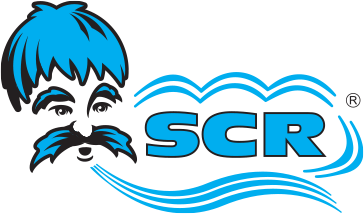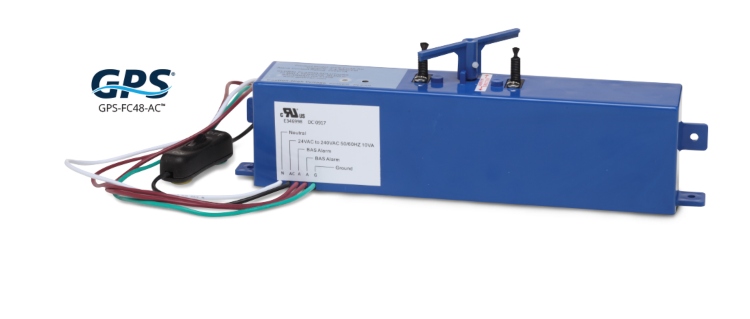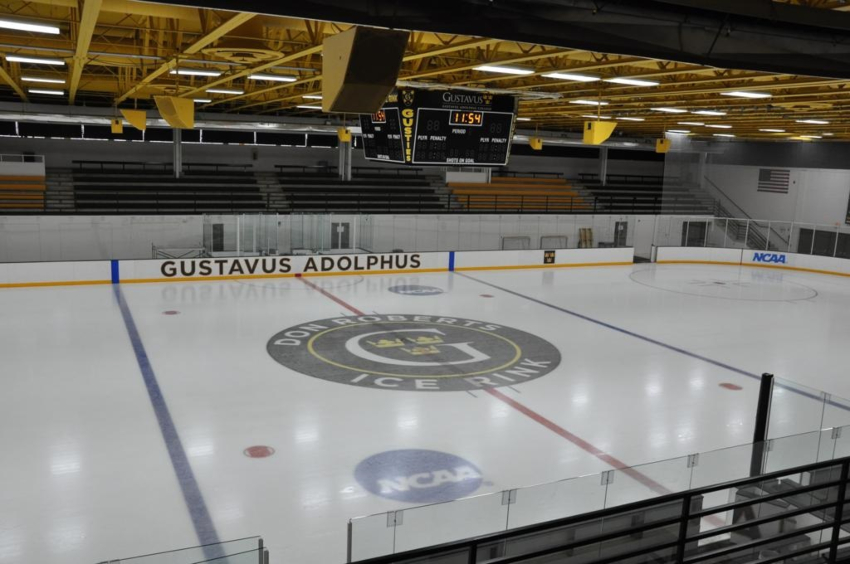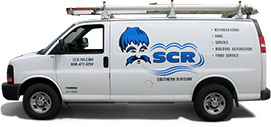The current state of the world has everyone thinking about safeguards, especially regarding indoor air quality. For companies, organizations, and institutions both large and small, safety is the top priority. While the task of purifying indoor air during a global pandemic may seem daunting, Global Plasma Solutions (GPS) and SCR have the answer. Thanks to NeedlePoint Bipolar Ionization (NPBI), SCR can deliver safer air with new technology.
THE SYSTEM
GPS’s patented NPBI system uses a facility’s existing heating and cooling system to provide cleaner indoor air. Throughout the process, ions steadily attach to airborne particles. Opposite polarities combine to become larger particles, which allows the system to more quickly recognize, capture, and eliminate them.
In June 2020, GPS conducted a laboratory study in collaboration with Aviation Clear Air. Initial testing revealed a 99.4 percent reduction on a COVID-19 surface strain after 30 minutes. This neutralization is the earliest example by an air purification enterprise.
This technology is ozone-free and subsequently environmentally friendly. What’s more, it can be installed in any system inside any building, from airports and arenas to hospitals, office buildings, places of worship, universities, and everything in between.
THE PROCESS
NPBI targets airborne particles, pathogens, and odors to deliver clean, healthy indoor air while also saving energy. This scientific and cost-effective approach functions by:
- Targeting particles. Ions attach to air particles, making them larger and more easily captured by filtration systems.
- Eliminating odors. The technology reduces indoor odors to basic compounds. What remains is fresh air, free from volatile organic compounds.
- Reducing pathogens. The process destroys viruses, spores, and bacteria, rendering them inactive and unable to replicate.
- Saving energy. By requiring less fresh, outdoor air, this system saves about 30 percent on energy consumption costs.
Clean indoor air is an incomparable resource, especially right now. With more than 250,000 satisfied installations, GPS’s NPBI system is a proven way to deliver effectively safer air through existing components. Contact SCR today to learn how this technology can work for you.







